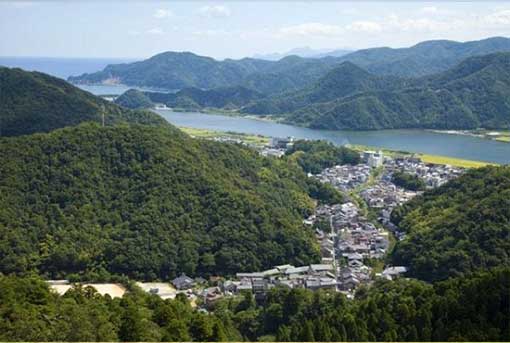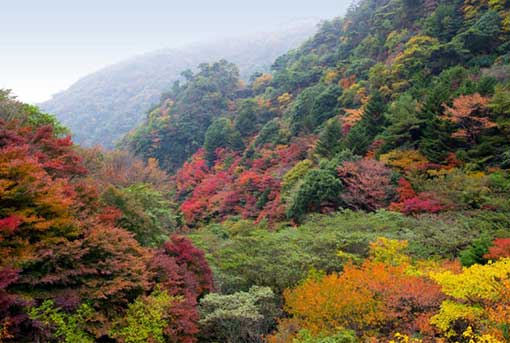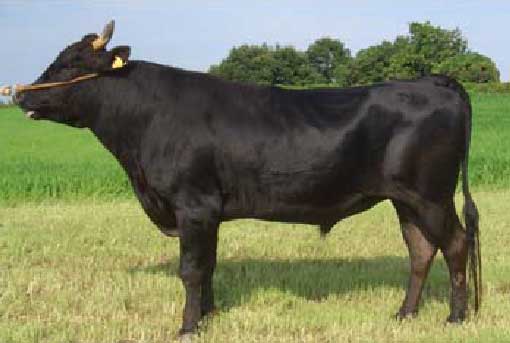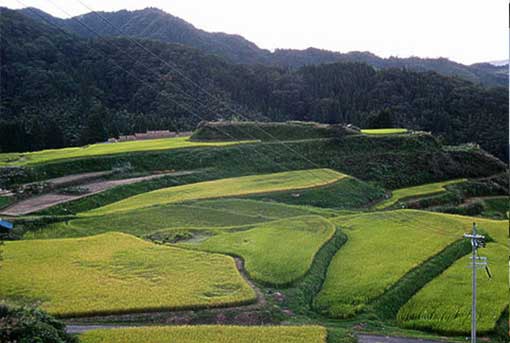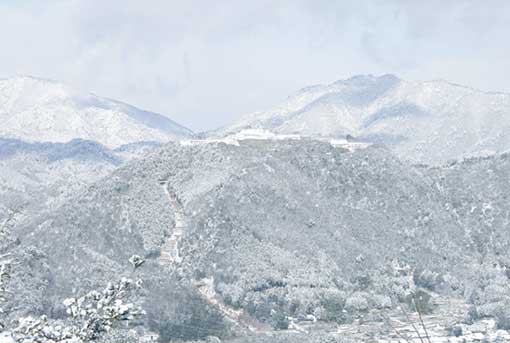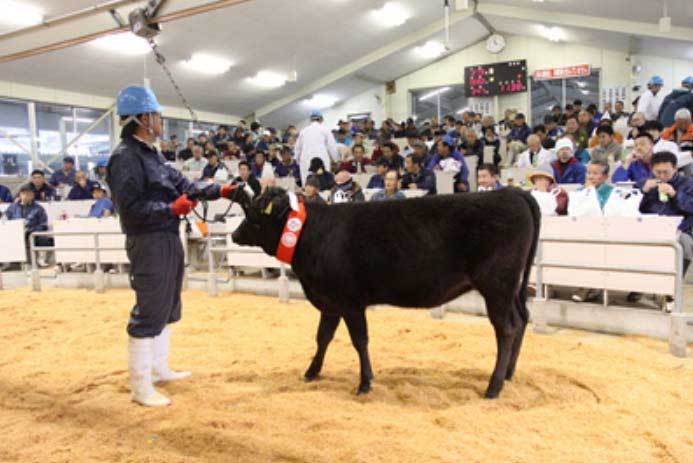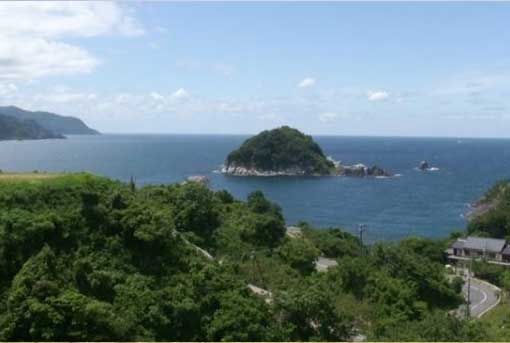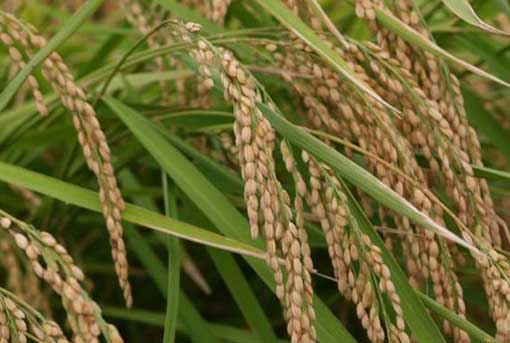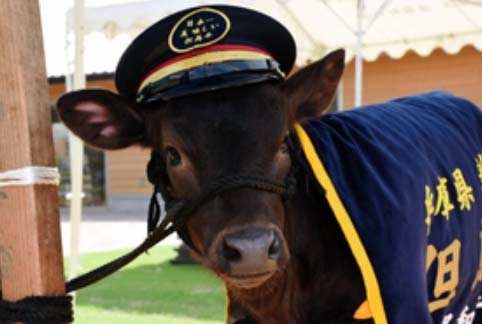The Champion of Champions
There is Nothing More Important than Pedigree
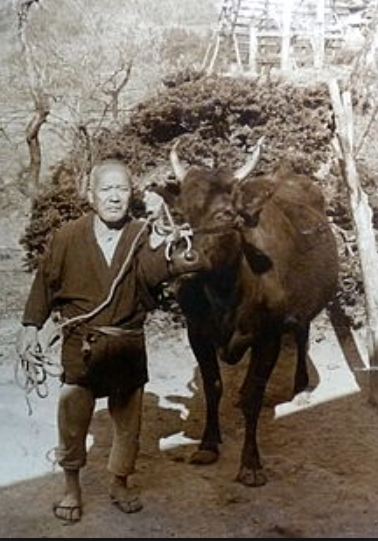
Matsuzo Tajiri and his cow Fukue
Fukue calved famous Tajiri stud bull whose genes are succeeded by 99.9% of today’s Tajima gyu cows.
Pure lineage and superb genes
Wagyu is a breed of cattle native and unique in their genetics to Japan. They are genetically predisposed to intense fat marbling and to producing high levels of monounsaturated fat. Today there are four registered Wagyu breeds of Japanese Black, Japanese Brown, Japanese Shorthorn and Japanese Poll. Japanese Black takes up 90% of fattening cattle production and Tajima gyu cattle belongs to Japanese Black.
As part of modernization movement under Meiji Restoration, Japanese government imported continental cattle breeds for crossbreeding purpose after 1868. This attempt, however, turned out to be a total failure as crossbreds did not improve the most important economic traits for farmers – working performance. Although crossbreeding with foreign breeds was abandoned by the early 20th century, a gene pool of native Japanese cattle population had been extensively affected. Tajima gyu cattle was no exception to this.
Today’s Tajima gyu cattle is from a group of pure Tajima gyu cattle that had been insolated in Atsuta, a village community in deep mountains, and avoided crossbreeding with foreign breeds. Kobe beef is made from pureblooded Tajima gyu cattle only whose stringent quality control is explained in the subsection “Criteria for Kobe Beef”.
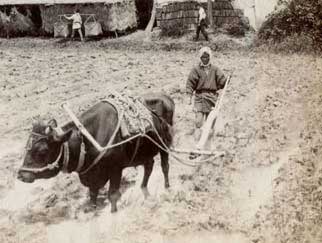
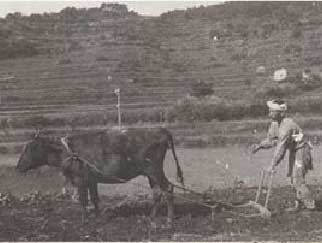
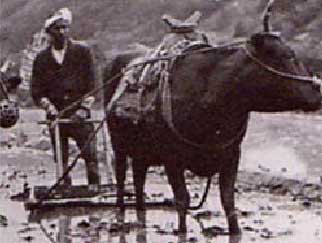
Tajima gyu cattle as draft animal
Cattle was used as draft animal and was an integral part of farmers’ life until the mechanization of farming took over in the 1960’s. Tajima gyu cattle plougs in dry field (left and middle) and in rice paddy (right).
Hyogo Prefecture – Native Land of Tajima Gyu Cattle
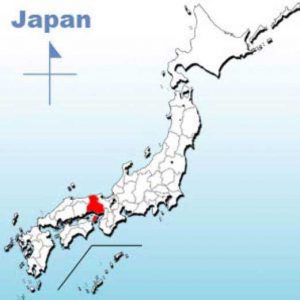
Hyogo Prefecture
Hyogo Prefecture (in red) is located in midwest Japan.


